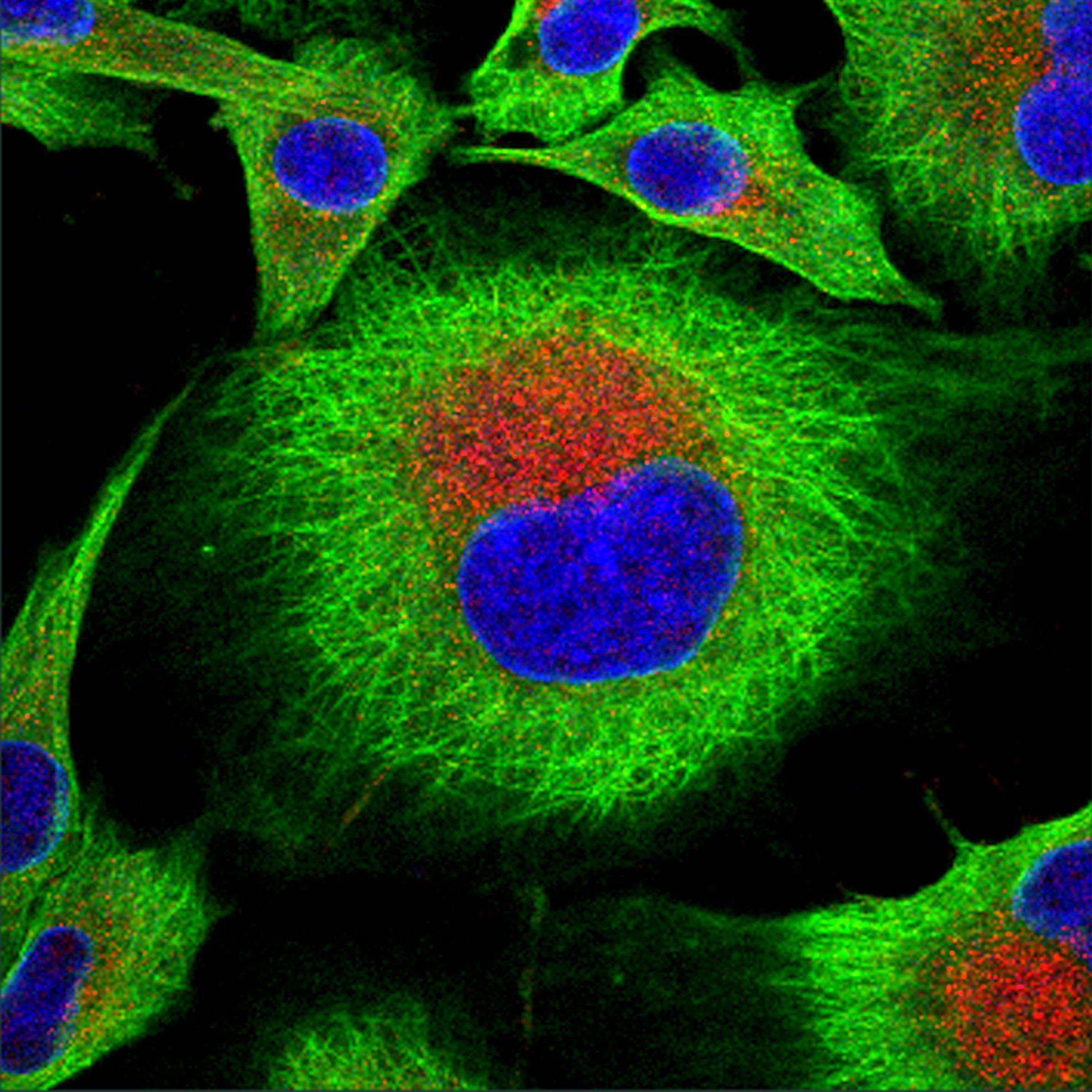The importance of FMDV localisation in lymphoid tissue
Foot-and-mouth disease virus, a highly contagious pathogen that can cause lameness, low weight and decreased milk production, is a scourge of agricultural livestock around the world. Although the acute phase of infection is rarely fatal, infection may persist in animals that have apparently recovered, creating a viral reservoir that some fear could contribute to the spread of disease. We have used an array of molecular techniques to search for traces of virus in tissues from the mouths and throats of infected cattle. In a carefully controlled study, we have found evidence of intact, non-replicating virus particles trapped by follicular dendritic cells within the germinal centres of lymph nodes. Strikingly, virus was present for up to 38 days post infection, even though it was undetectable in surrounding tissues. The retention of intact virus within germinal centres is likely to have a role in stimulating the long lasting immune response that is characteristic of viral infections. Our data suggests that this capture may also be responsible for preserving intact viruses capable of infecting susceptible cells as they come into contact with germinal centres. African buffalo (Syncerus caffer) are typically infected with all three South African Territories types of FMDV by 2 years of age and these viruses can be transmitted to farmed livestock. Buffalo harbour persistent virus in greater amounts and for longer periods than cattle and thus provided us with further opportunities to define the sites of viral localisation.
Back to publications

